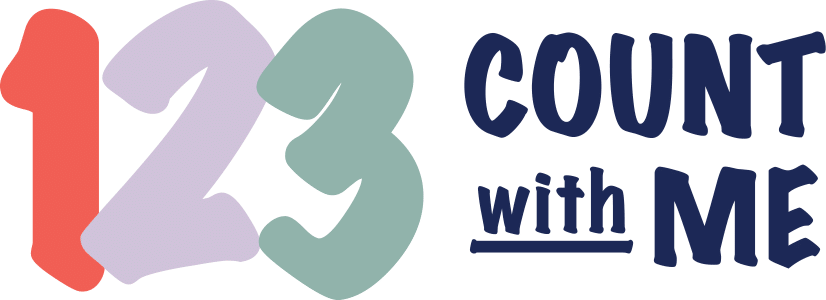The Importance of a Phone Number
Learning Phone Numbers
Phone numbers are so important for our kiddos to learn and trying to get a kid to memorize a sequence of numbers can be really tedious and boring for everyone. Nevertheless, they do need to know at least one phone number for a grownup who they can call if they are lost or need help. With some color coding, puzzle matching, and cadence, learning a phone number can be more engaging. The more engaged we are, the more we retain and we really want our little ones to retain this important information.
Did you know that the little chunks of digits in phone numbers have their own labels? I knew there was an area code, but after that…
Did you know that phone numbers have a cadence that we use to remember them? Yep! And that’s what this activity is based on. What is a cadence? It is the rhythm in which you speak. For this activity our cadence is 123, 123, 1, 123 (424, 398, 0, 228)
In this example, we will use the phone number (424) 398-0228. Don’t worry, this is no one’s phone number (I checked). We will use an anchor chart (the phone number written on white paper in black ink), the three chunks of digits, color coding, and a cadence to scaffold this learning process. When creating the anchor chart, be sure to leave enough space between the digits to allow each color coded digit to be placed directly underneath its black counterpart.
This process will NOT happen in one setting and shouldn’t. Plan to engage in this activity with your learner over multiple sessions. The age of your learner will determine how long you play in each stage of this process. I am a proponent of beginning this process as early as three years old. They will likely not know all of the numerals, but pointing to and saying each numeral aloud will also develop their understanding of number words and the corresponding symbols.
| 424 Area Code | 398 Telephone Prefix | 0228 Line Number |
Start by writing the numbers, according to their parts, on three separate pieces of colored paper. Write the area code on one color, the telephone prefix on another color, and the line number on another color. Using a flat surface to work on, scramble the pieces and place them beneath your learner’s anchor chart.
Allow your learner to try to match the scrambled pieces to their anchor chart. Continue this play until your learner can do this without your support or prompting. Each time your learner lines up the phone number, point to the digits and read the phone number. Notice the cadence, or rhythm, in your voice and use this cadence almost as a song. The cadence is 123, 123, 1, 123 (424, 398, 0228).
Once your learner is able to match the scrambled chunks of the phone number to the anchor chart, cut the digits apart. You should then have 10 separate digits. Scramble those digits in color coordinated groups. Then, allow your learner to, once again, match the digits to the anchor chart. Each time the digits are correctly matched to the anchor chart, invite your learner to read the phone number with proper cadence with you, while touching each digit as you say it aloud.
Once your learner is able to independently match the individual digits to the anchor chart, it is time to remove the anchor chart and try to build the phone number. The color coded digits are a built in scaffold for your learner. At this point in the process, they are aware that the colors stay together to form the phone number.
Once your learner is able to independently build the phone number using digits, you can try removing the color scaffold and providing your learner with the same digits written in black.
If you don’t have colored paper lying around, don’t go buy any! You can do this with white paper also! You could even use the back of envelopes if you wanted to! If using white paper, write the digits of each group in a different color. Follow the same process as described above.
Tip: I LOVE a landline. I know. I know. I’m probably the only one, but being able to independently manage the phone was such a boost for our learner. We posted a list of important phone numbers (all color coded- each person had their own color), and let her practice entering the phone numbers independently. Not only did it support her sense of agency, it also supported her knowing the phone numbers of those who could help her if she needed it.
